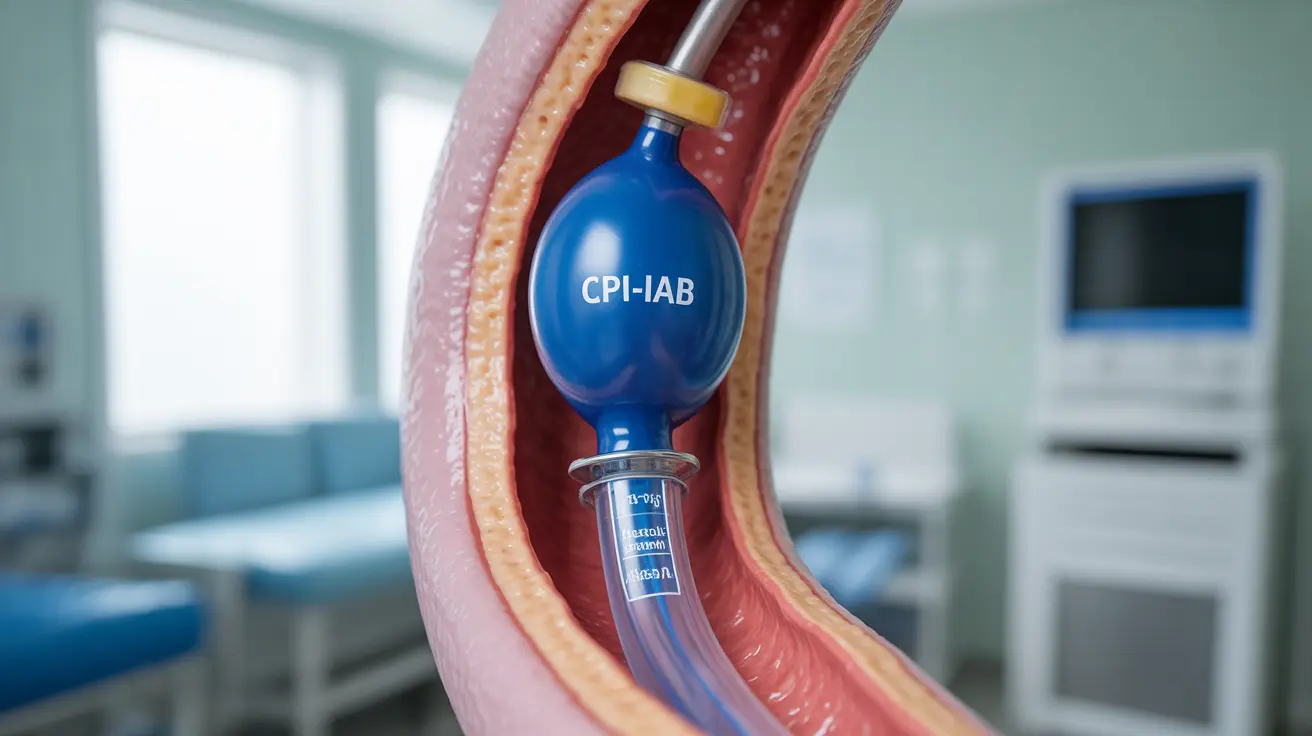An intra-aortic balloon pump (IABP) is a critical medical device that provides temporary support for patients with severe heart conditions. This mechanical circulatory support system helps improve blood flow and reduces the workload on the heart, offering a vital lifeline for individuals experiencing serious cardiac complications.
In this comprehensive guide, we'll explore how the balloon pump heart support system works, its primary uses, benefits, and important considerations for patients and healthcare providers.
How an Intra-Aortic Balloon Pump Works
The intra-aortic balloon pump operates through a sophisticated mechanism that synchronizes with the patient's heartbeat. A long, flexible catheter with a balloon at its tip is inserted through an artery in the leg and guided up into the aorta, the body's main artery.
The balloon inflates and deflates in precise timing with the heart's natural rhythm:
- Inflation occurs during diastole (when the heart relaxes)
- Deflation happens during systole (when the heart contracts)
The Mechanics of Cardiac Support
This coordinated inflation-deflation cycle provides two main benefits:
- Improves blood flow to the heart's coronary arteries
- Reduces the workload on the left ventricle by decreasing afterload
Primary Uses and Indications
Healthcare providers typically recommend balloon pump heart support in several critical situations:
- Cardiogenic shock
- Severe heart failure
- Support during high-risk cardiac procedures
- Bridge to cardiac surgery
- Recovery support after heart attack
Timing of Implementation
The decision to implement IABP therapy requires careful consideration of various factors, including:
- Severity of cardiac dysfunction
- Overall patient stability
- Presence of contraindications
- Expected duration of support needed
Benefits and Expected Outcomes
When properly implemented, balloon pump heart therapy can provide several significant benefits:
- Improved cardiac output
- Enhanced organ perfusion
- Reduced heart muscle workload
- Stabilization of critical cardiac conditions
- Better outcomes for high-risk procedures
Management and Monitoring
Successful IABP therapy requires careful monitoring and management, including:
- Continuous ECG monitoring
- Regular assessment of vital signs
- Frequent evaluation of insertion site
- Anticoagulation management
- Device parameter optimization
Frequently Asked Questions
What are the typical reasons for needing an intra-aortic balloon pump, and how does it support the heart?
Patients typically need an IABP when experiencing cardiogenic shock, severe heart failure, or during high-risk cardiac procedures. The device supports the heart by improving coronary blood flow and reducing the heart's workload through precisely timed balloon inflation and deflation.
How does an intra-aortic balloon pump increase blood flow to the heart, and what are its benefits for patients?
The balloon pump increases blood flow by inflating during diastole, pushing blood back toward the heart's coronary arteries. This improves oxygen delivery to heart muscle, enhances overall cardiac function, and helps stabilize critically ill patients.
What are the most common complications associated with intra-aortic balloon pump therapy, and how are they managed?
Common complications include bleeding at the insertion site, limb ischemia, and infection. These are managed through careful monitoring, proper positioning, sterile technique, and prompt intervention when issues arise. Regular assessment of circulation and insertion site integrity is essential.
Can an intra-aortic balloon pump be used long-term, or is it only for short-term heart support?
IABP therapy is primarily designed for short-term support, typically days to weeks. Long-term use increases risk of complications. It's often used as a bridge to recovery or more definitive treatment options.
What are the contraindications for using an intra-aortic balloon pump, and how do they affect patient eligibility?
Major contraindications include severe aortic regurgitation, aortic dissection, severe peripheral vascular disease, and uncontrolled bleeding disorders. These conditions can make IABP therapy either dangerous or ineffective, requiring alternative treatment approaches.




